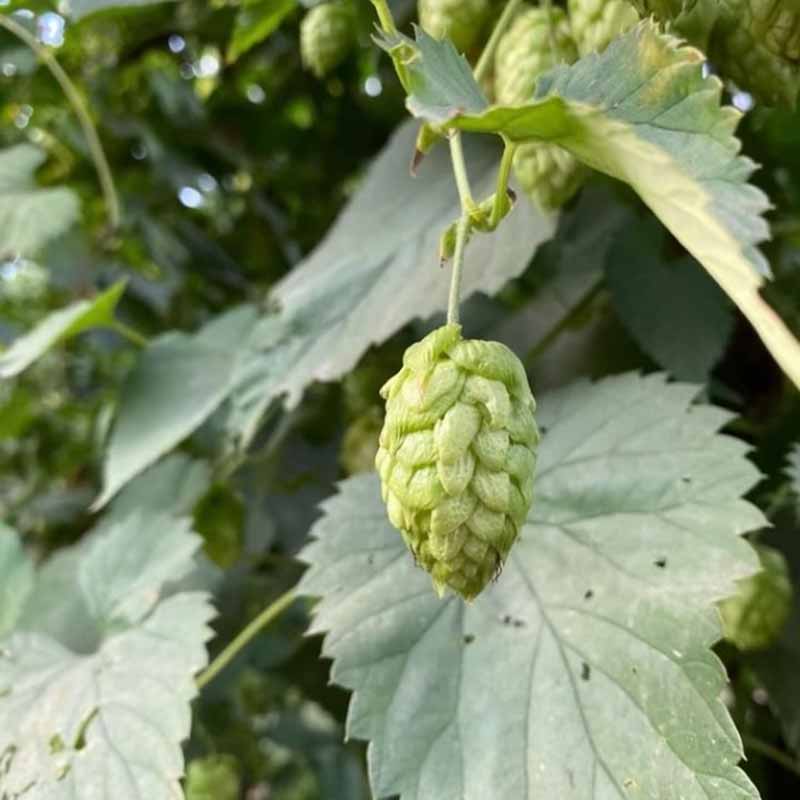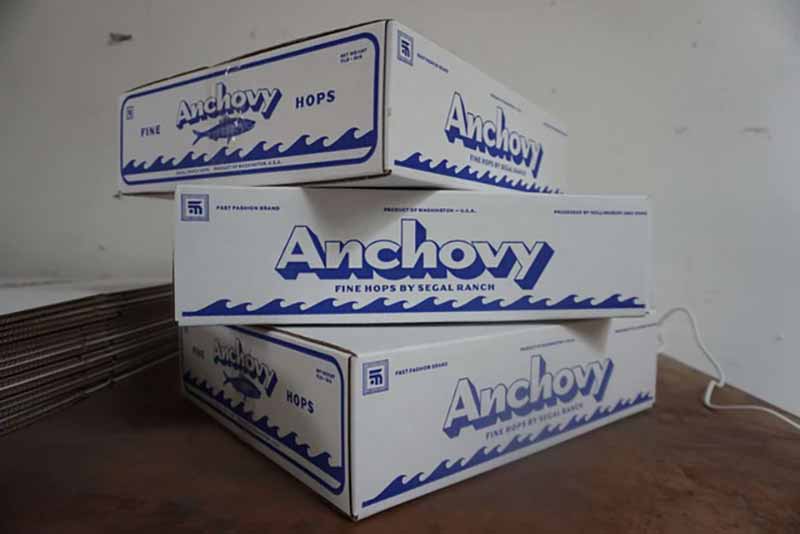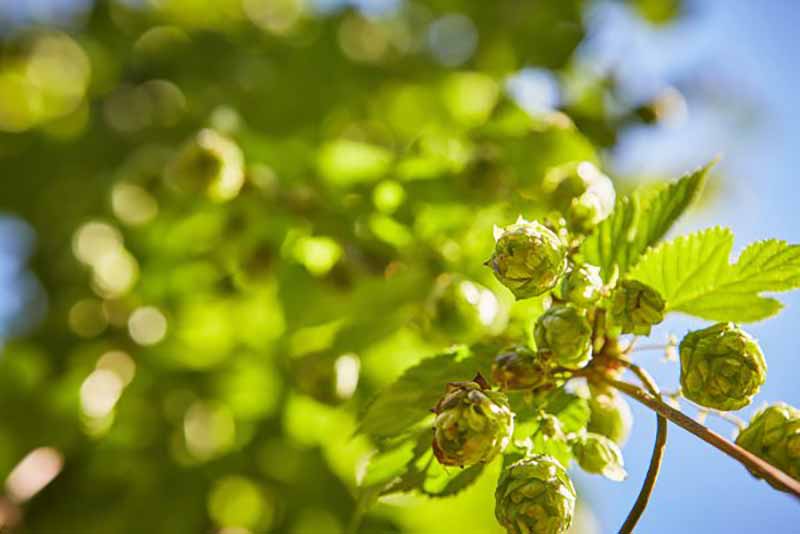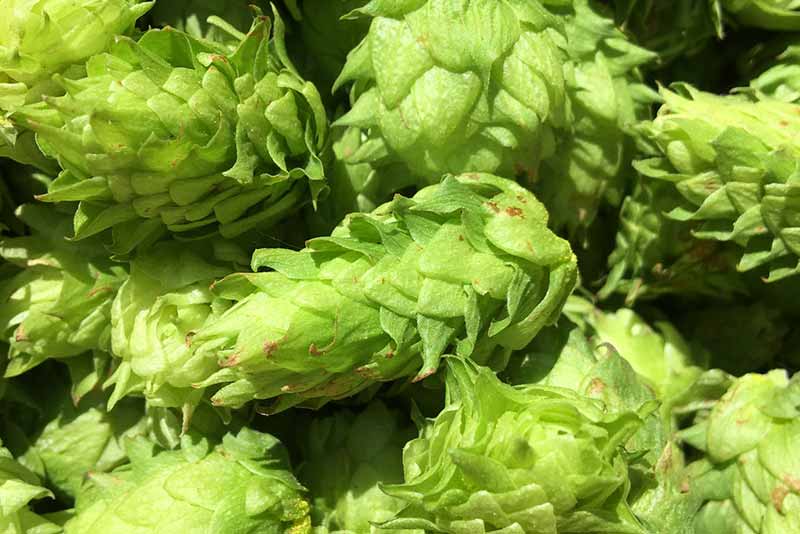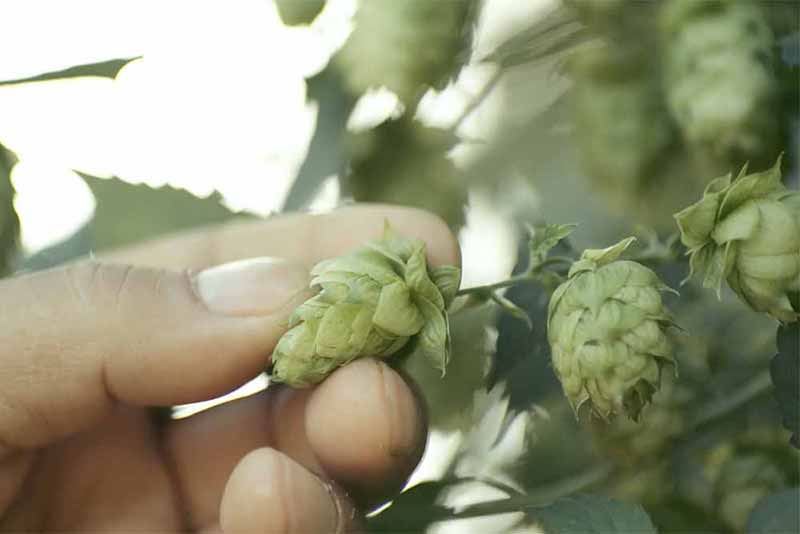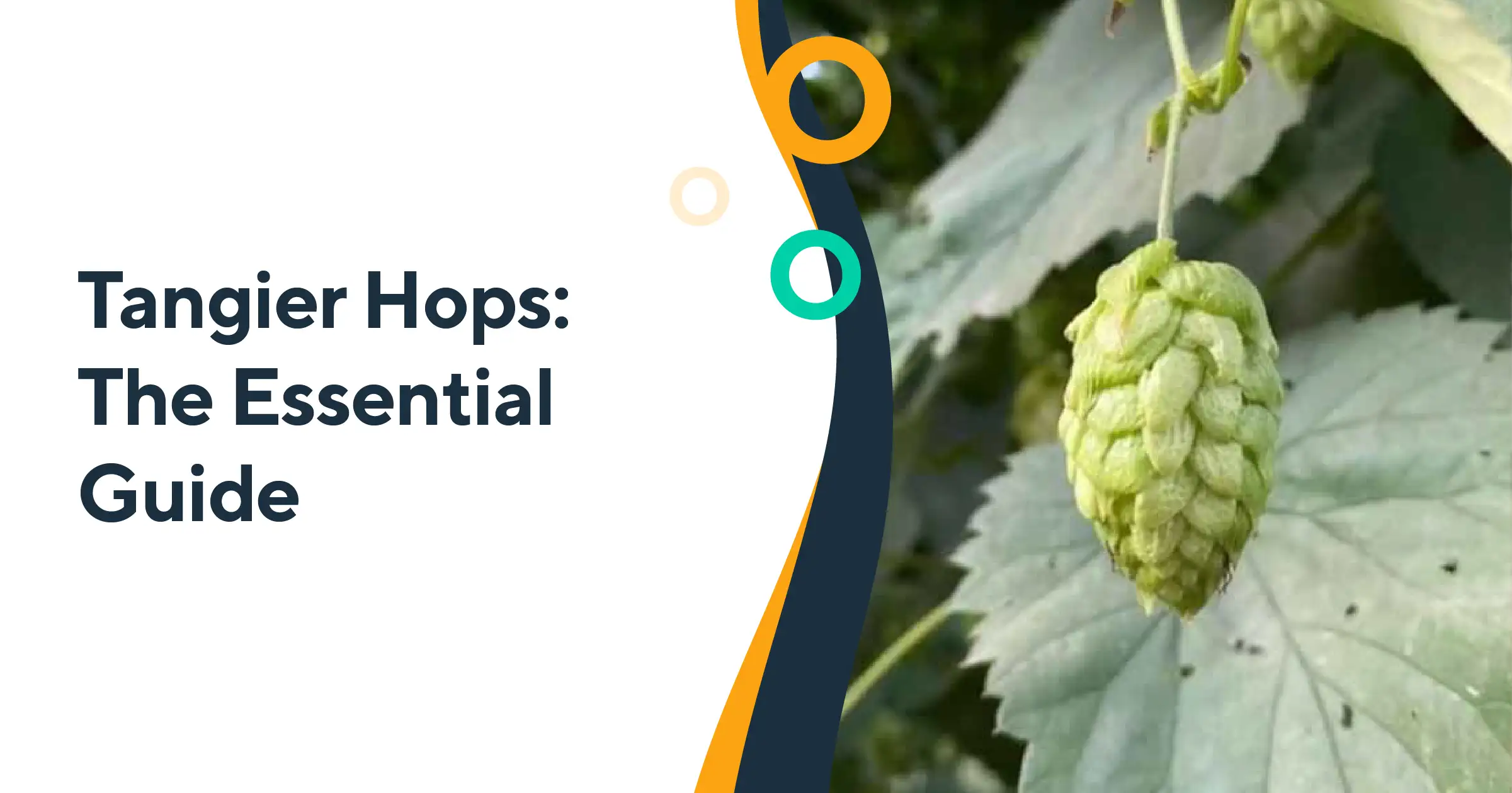
Hops are one of the most crucial ingredients in beer, so brewers need to stay on top of how the top-harvested ones are performing, what experimental ones are finally coming to market, and what are some of the under-the-radar ones to keep an eye on heading into 2025.
Over the course of the year, we spoke with some of the top hop growers and companies in the country, including Yakima Chief Hops (YCH), John I. Haas, Yakima Valley Hops, Segal Ranch, ClS Farms, Crosby Hops, Hopsteiner, The Hop Guild, NZ Hops, Freestyle Hops, HPA, and more to create extensive hop guides.
These are the top five most-popular hop guides we wrote in 2024.
(Above photography courtesy of Segal Ranch)
Affordable, Industry-Leading Brewery Software
Tangier Hops: The Essential Guide
Many great hops come from the Pacific Northwest, including old-school greats like Centennial and Cascade, modern hits like Mosaic and Citra, and experimental hops such as HBC 586. All of those hops went through large breeding programs before becoming mainstream. But there has been a wave of new, compelling hops from a family-owned hop farm in the region, Segal Ranch. We’ve already written about two great varieties, Zumo and Anchovy. While Segal Ranch Owner John Segal absolutely loves those two hops, the farm’s Tangier hop is the one he gushes about most.
And rightfully so.
The Tangier hop has caught the eye of some heavy hitters in the craft beer industry, including Russian River Brewing and Stone Brewing. We chatted with Segal, Russian River Co-Founder and Head Brewer Vinnie Cilurzo, and Stone Senior Manager of Brewing Innovation and Supply Chain Jeremy Moynier to learn about Tangier’s history, analytics, and best brewing practices.
Anchovy Hops: The Essential Guide
Recently, we wrote about Segal Ranch’s potential home for a new dynamic hop, Zumo. However, the ranch and “master hop whisperer” Martin Ramos aren’t putting all their eggs in one basket. They have other stellar hops, including Anchovy, which, like Zumo, is gaining popularity within the industry.
We chatted with Segal Ranch Owner John Segal and Eighth State Brewing Head Brewer Cameron Owen to learn about Anchovy’s ancestry, the origin of its name, its common characteristics, and where to use it best while brewing.
Krush (formerly HBC 586): A New Experimental Hop Creating One-of-a-Kind Drinkability
Every hop goes through a rigorous yearslong process to determine whether it’s viable to commercialize. We’ve covered many of the hops that broke through due to their unique qualities—Citra, Mosaic, Nectaron, and Galaxy, to name a few. Sometimes, though, a hop gains so much traction while it’s still in the “hop breeding” phase during soft commercialization of the product it’s worth a deeper dive—such as Krush (formerly known as HBC 586).
We chatted with several folks at John I. Haas as well as early adopters of the experimental hop, Odell Brewing and Columbus Brewing, to learn more about the ancestry and analytics, what characteristics make it shine, how to use it in the brewing process, and just when it might get a name.
Citra Hops: The Hop That Invigorated the Craft Beer Revolution
We’ve written extensively about popular hops across the globe as part of this series, including Galaxy and Nectaron in the Southern Hemisphere and Mosaic and Centennial in North America. And while those hops have each established themselves as go-to varieties for many brewers, they have a long way to go to reach the staying power of arguably the GOAT of the new wave of hops: Citra.
Since it was developed and released by the Hop Breeding Company (HBC) in 2007, the Citra hop quickly rose to superstar status in the brewing industry and sits at the top of most hops harvested in North America, according to the 2022 Statistical Report by the Hop Growers of America.
The data for 2023 is still being compiled, but in 2022, Citra accounted for more than twenty percent of cultivated hops, 12,044 acres in total, nearly double that of the second-most Mosaic. That marked five consecutive years for Citra at the top of the list.
What makes this hop so special? We chatted with Citra experts BSG Product Portfolio Manager and Commercial Hop Specialist Matt Johnson and Toppling Goliath Brewmaster Michael Saboe to understand the history of Citra, how best to use it, and what flavors and aromas shine in a finished beer.
The Essential Guide to Mosaic Hops
In the U.S., Mosaic® has become popular amongst brewers in several different IPA variations—hazy, double, triple, or even cold.
According to the 2023 Statistical Report from the Hop Growers of America, Mosaic accounted for 5,276 total harvested acres in the Pacific Northwest, making it the country’s third-highest harvested hop.
In the decade-plus since this hop became commercially available, Mosaic has grown into a staple hop in many breweries.
So, what makes it such a special varietal? We talked with experts at John I. Haas and Alvarado Street Brewery to learn the ancestry, analytics, and some characteristics that make Mosaic shine through in beers.
